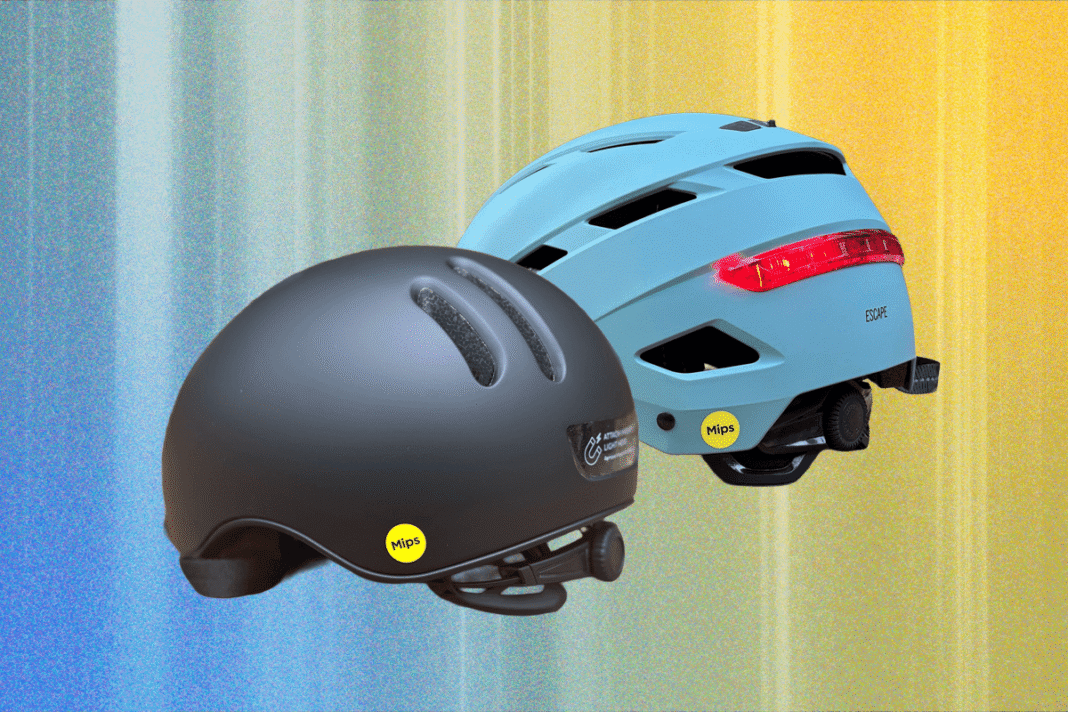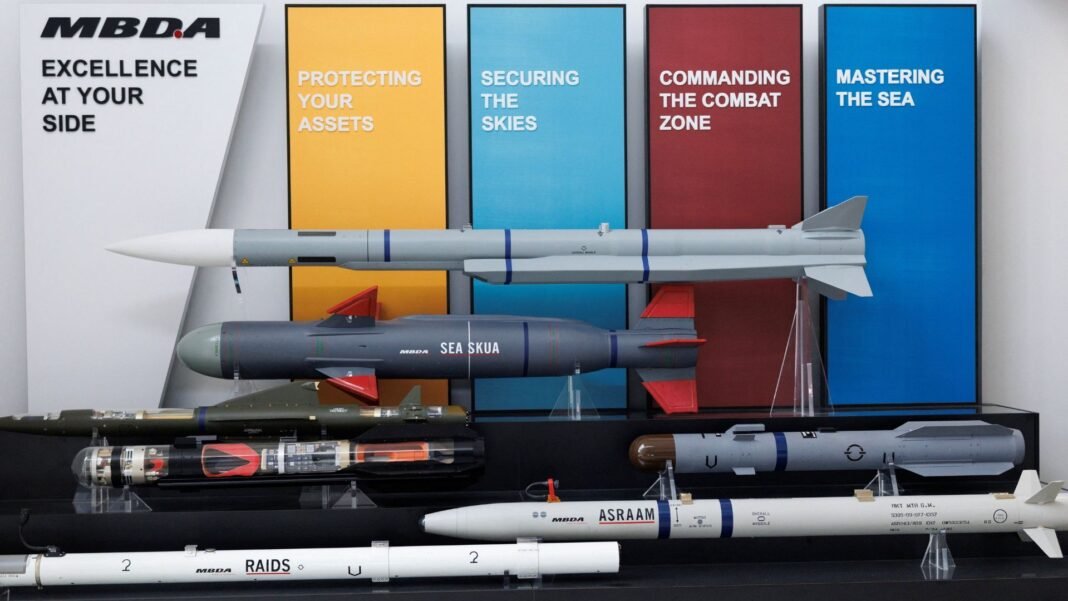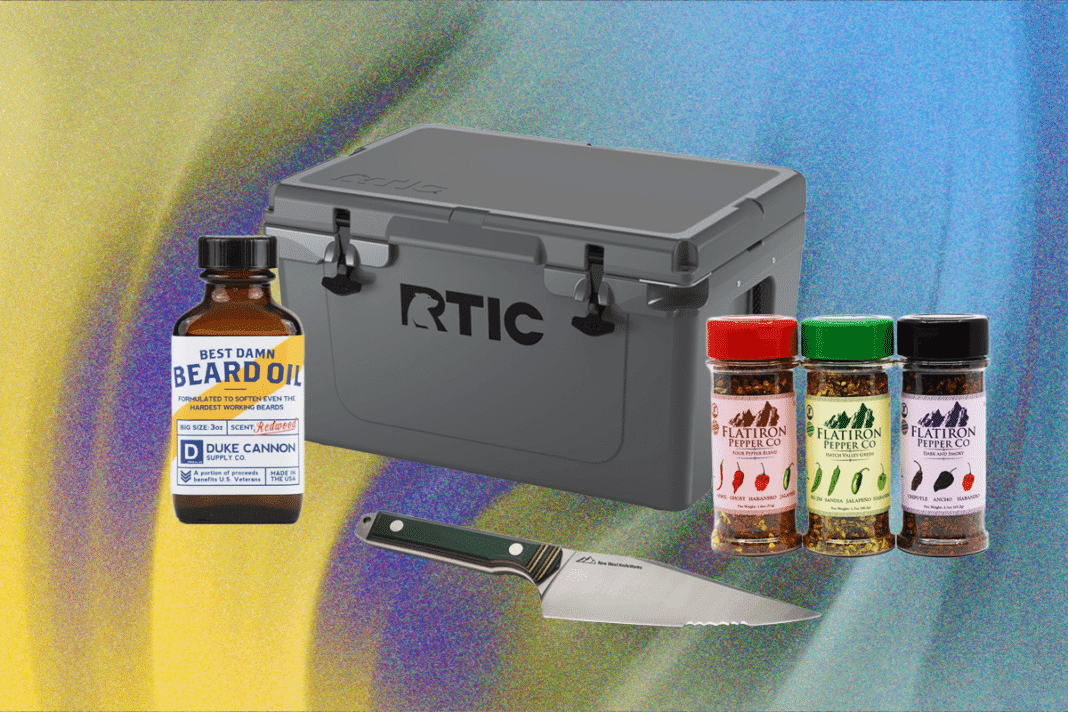How to Choose teh Perfect Bike Helmet: A Complete Overview
When preparing for cycling adventures, prioritizing the right helmet is essential for your protection.While accessories such as bike lights and bike locks improve your overall experience, nothing safeguards you better than a well-selected bike helmet.
Categorizing Helmets by Riding Preferences
Your helmet selection should reflect your typical riding habitat and style. For brief urban trips under 5 miles, a commuter or everyday helmet is ideal. These models emphasize comfort and practical features like enhanced ventilation or built-in locking mechanisms that secure the helmet when parked.
If road cycling is your passion, opt for helmets engineered with aerodynamic shapes, lightweight construction, and optimized airflow to minimize drag while keeping sweat away from your eyes during extended rides.
For those who enjoy mountain biking on challenging trails, helmets designed specifically for off-road use offer extra rear coverage and often include visors to protect against sun glare or flying debris. Many also support attachments for goggles or other eye protection.
The Critical Role of Proper Helmet Fit
The foundation of effective head protection lies in achieving an accurate fit. Modern helmets typically feature adjustable rear dials that allow precise customization to match individual head contours.
- The helmet must rest evenly on your head without tilting forward or backward.
- A proper fit leaves roughly one finger’s width between the front edge of the helmet and your eyebrows; more space suggests incorrect positioning.
- Your chin strap should be snug enough so only one finger fits comfortably beneath it but not loose enough to permit excessive movement during activity.
- A securely fastened helmet should not shift more than an inch in any direction when tested by hand.
MIPS Technology: Enhancing Protection Against Rotational Forces
You may have noticed a small yellow emblem labeled “MIPS” on many contemporary bike helmets-this stands for Multi-directional Impact Protection System. It’s designed to mitigate rotational forces that occur during angled impacts which can cause brain injuries beyond direct hits alone.
“MIPS integrates a low-friction layer inside the shell allowing slight independent movement relative to outer layers.”
This innovation emerged after studies revealed traditional helmets primarily guard against linear impacts but fall short when crashes involve oblique angles-a common scenario as most falls are rarely perfectly vertical. The MIPS layer shifts subtly upon impact,redirecting harmful rotational energy away from vulnerable brain tissue areas.
additional Cutting-Edge Safety Technologies in Helmets
Beyond MIPS technology-which has become widespread-several option systems provide comparable protective benefits:
- D3O Smartshock: Utilized by brands like Leatt in their mountain biking range; this system incorporates elastomeric materials within internal webbing that absorb shocks across various impact speeds thru controlled deformation inside the shell structure.
- Spherical Design: Employed by POC with their ball-and-socket mechanism allowing upper shells to rotate independently atop lower shells-effectively dispersing forces while maintaining ventilation and comfort found in models such as their Octal X Spin ($280).
- KinetiCore: Developed by Specialized; this multi-layered liner flexes upon impact then glides slightly similar to MIPS but adds additional shock absorption stages enhancing overall safety beyond standard foam liners alone.
The Role of Koroyd Material in Modern Helmets
The Koroyd system consists of thousands of co-polymer tubes engineered specifically to crush uniformly under pressure absorbing maximum crash energy instantly. Some advanced helmets combine Koroyd with technologies like MIPS-as an example Bell’s Super Air R ($350)-offering dual-layered defense mechanisms significantly improving rider safety compared with conventional designs alone.
Lifespan Considerations: When Is It Time To replace Your Helmet?
No matter how often you ride or how well you maintain it, experts advise replacing bike helmets every three-to-five years due mainly to material degradation caused by prolonged UV exposure combined with sweat corrosion weakening structural integrity over time.
If involved in any crash-even if no visible damage exists-the helmet must be replaced promptly;a compromised liner may fail at absorbing shocks adequately despite appearing intact externally.
Many manufacturers now provide crash replacement programs acknowledging this vital safety concern ensuring riders upgrade promptly after incidents.
Remember: retiring old gear honors its service protecting you through countless rides-it deserves rest free from further wear risks!
A Contemporary Look at helmet Safety Trends (2024)
An extensive analysis covering over 12 million bicycle-related emergency room visits found nearly 62% involved head injuries preventable through consistent use of certified bike helmets, especially those equipped with modern protective systems like MIPS or KinetiCore.
In cities renowned for cycling culture such as Copenhagen-where millions commute daily-the adoption rate of advanced tech-equipped helmets has climbed above 45% since 2021 reflecting heightened awareness about preventing traumatic brain injuries.
This growing trend highlights why investing thoughtfully into high-quality protective equipment tailored precisely toward individual riding habits remains crucial now more than ever before!





